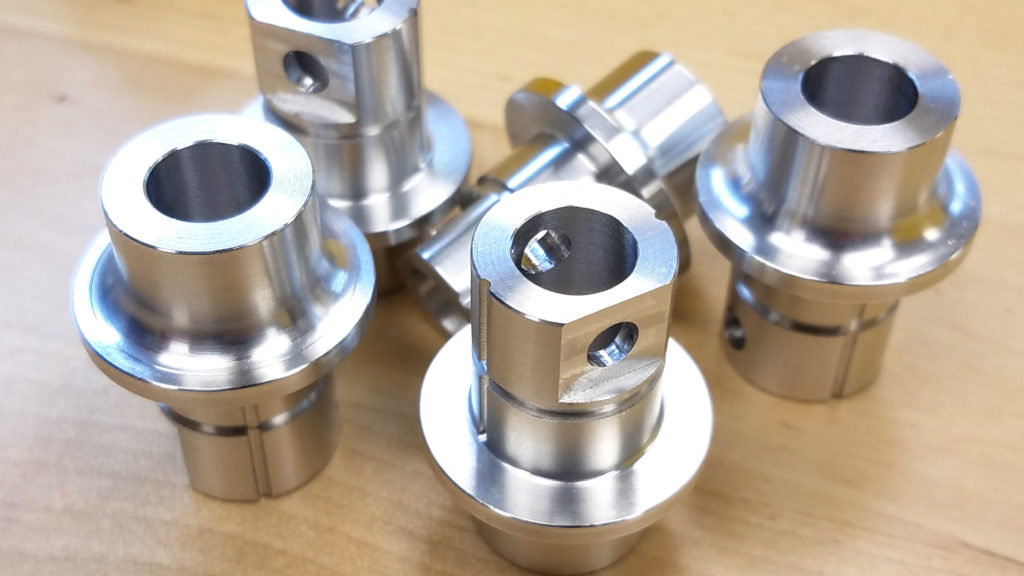There are many different ways to go about making the same part. But not all shops can, or will, do what it takes to ensure the lowest cost, fastest lead time, and highest quality.
If you need a part with a non-circular geometry, the standard assumption has always been that it’s impossible to produce that geometry with a lathe alone.
But here’s the truth: you can still benefit from the speed and efficiency of a CNC lathe for irregular-shaped parts. You just need a shop that solves machining challenges with creative and innovative thinking.
At Polyhistor, we’re always looking out for your interests and finding innovative solutions for manufacturing parts. Our live tooling capabilities allow us to produce parts with non-circular geometries to improve cost, lead time, and part quality for our customers.

What Exactly Is Live Tooling?
A live tool or a driven tool attachment is an instrument that can be attached to the turret of a CNC lathe.
Since the 13th century, lathes have been one of the most integral tools used in manufacturing. Today’s CNC lathes are computerized, fully automated, and technologically equipped to operate on multiple axes.
The addition of a live tool increases the usefulness and versatility of a lathe to offer more than just turning capabilities. Live tooling effectively creates a mill within the lathe, allowing secondary operations such as drilling, tapping, boring, and cutting.
What Are the Benefits of Live Tooling?
Limiting operations to a single, automated workstation guarantees minimal setup and handling time, higher accuracy, and more consistent part quality. Here’s how live tooling directly impacts cost and lead time:
Minimal setups. Let’s say we’re machining a cylindrical part on a static lathe that needs a square shape at the end. We’d typically have to take the part off the lathe, and set it up on a mill. The milling process itself may take less than a minute, but the setup and handling time can take hours.
With live tooling, we can skip time-consuming part transfers and instead operate on a single machine.
Minimal human touch. CNC lathes are equipped with an automated bar feeder that can take a piece of material, machine it, and push it down into a part catcher completely unattended. We could have 30 bars of material and run an entire shift without touching the machine even once!
Reduced human interaction means less room for human error and better quality control for your parts.
When Do We Use Live Tooling?
Live tooling is extremely beneficial when we’re:
- Making round parts square or square parts round. Using a Mill to machine a round bar square requires several operations, like cutting multiple sides and utilizing special fixturing. It’s much more efficient to simply load the bar into a lathe, cut it into a square with live tooling, then cut it off with a cutoff tool. Depending on length, we can run a high number of parts per bar to finish the job quickly. The same process applies for making square stock into round parts, which is even more challenging in a Mill.
- Adding radial features. If we need to mill a slot or cut holes into the radius of your part, live tooling allows us to do so mid-production.
- Adding axial features. Live tooling provides the capacity to machine different surfaces axially at high speeds.
There are many ways to go about making the same part. But how a part is manufactured always affects cost, lead time, and quality.
Ask other machine shops in Jacksonville how they plan to make your part. Are they going to turn it and mill it separately? Or do they have a CNC lathe with live tooling?
At Polyhistor, we care about what happens to your part on the shop floor. Our product engineering services include a complete analysis of the different ways we can process your part. Rest assured that how we decide to make your part is always driven by our commitment to the quickest speed, lowest cost, and highest quality.
For a shop that looks out for your best interests, call Polyhistor today!
